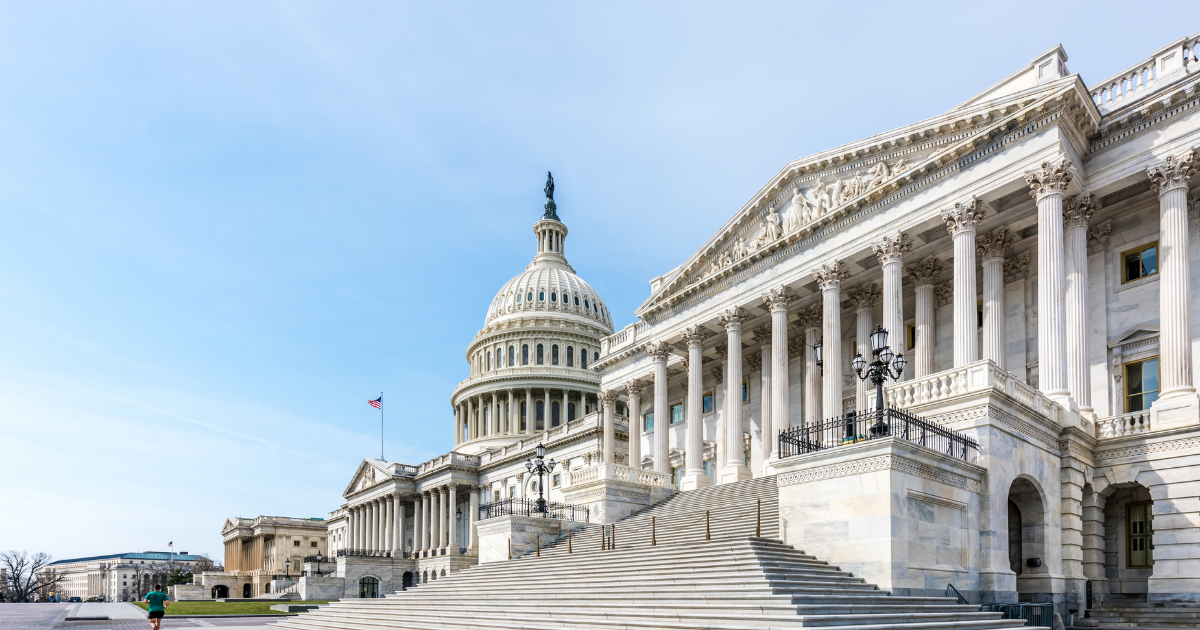
Transit professionals around the country joined in a collective sigh of relief with the passing of the American Rescue Plan Act (ARP), and its $30 billion in funding for transportation.
After more than a year of facing budgets deep in the red, transit can breathe again. Agencies will use most of the ARP funding to pay back debt, restart paused routes, and bring back furloughed drivers. Seeing familiar faces behind the wheel and buses back on the street will evoke a sense of joy in communities.
But are we missing something in our rush to reopen? Are we returning to normal before we ask if normal was working? Is this building back better, or binging on Biden bucks?
American public transit is at a paradoxical turning point.
In the public eye, it could appear that transit is becoming increasingly irrelevant, and yet has never been more essential. How is this possible? Last year, transit planners watched anxiously as personal automobile purchases soared. Former transit riders began to avoid shared mobility if they could afford the alternative. Meanwhile, millions struggled financially to make ends meet, forced with the decision to go into work and risk their health or stay home and risk hunger. A concern is that many Americans may choose to use transit less frequently (if at all), while many others cannot provide for their families without the access transit provides.
This ridership disparity is coupled with a fundamental shift in our mobility patterns. In most parts of the country, transit systems were designed to serve the commuting needs of nine-to-five workers. However, these traditional commute peaks no longer align with the movement patterns of shift workers or the location of job centers. Our transit systems are not built for the individuals who need transit the most.
But there is still time to institute meaningful change.
Many communities are taking inventory of present-day needs and resources. Napa Valley Transit Authority (NVTA) recently faced the challenging decision of how to relaunch their fixed-route services to accommodate increased ridership during economic recovery. After a year with no fixed-route busses in the City of Napa, NVTA understood that the needs of their community had changed, and planners wanted to make sure the new services would meet these needs.
With the help of TransLoc’s Planning & Design Services team, NVTA analyzed a year’s worth of microtransit data alongside historic fixed-route ridership to understand how movement patterns shifted over the pandemic. This type of data-driven decision making allowed NVTA to adapt quickly to the situation at hand, rather than revert back to the status quo.
While data can be a powerful tool to create change, even the best data comes with hidden biases. To go beyond the limitations of data, we must engage with riders—especially communities hit the hardest by the pandemic. This work goes hand-in-hand with promoting more equitable access, and can begin to heal the wounds of the past. Without a commitment to equity, new transit investments risk ignoring the riders who need transit the most. Encouragingly, transit agencies around the country are addressing issues of equity, including expanding mobility for underserved populations and proposals of fare-free service. Even the federal government is beginning to tie funding opportunities to equity outcomes.
What’s next for public transit?
In addition to focusing on data-driven decisions and engaging with equity, transit planners must prioritize flexibility in the deployment of new services. Our society, economy, and mobility will continue to evolve quickly and unpredictably. A transit service designed specifically for 2021 may not be relevant in 2022. Planners must take the lessons learned from the past year to rebuild transit systems that are resilient to future shocks, and can adapt to quickly changing scenarios. One way to relaunch service while maintaining flexibility is through on-demand microtransit. Microtransit deployments have the ability to adapt quickly while also providing rich data about changing movement patterns.
The ARP represents the opportunity of a lifetime to address past gaps and blind spots, and ultimately create a mobility ecosystem that works for everyone. By prioritizing data, equity, and flexibility, planners can develop policies and projects to shape a generation.
There has never been a more critical time, or a better opportunity, to transform transit. Let’s make the most of it.